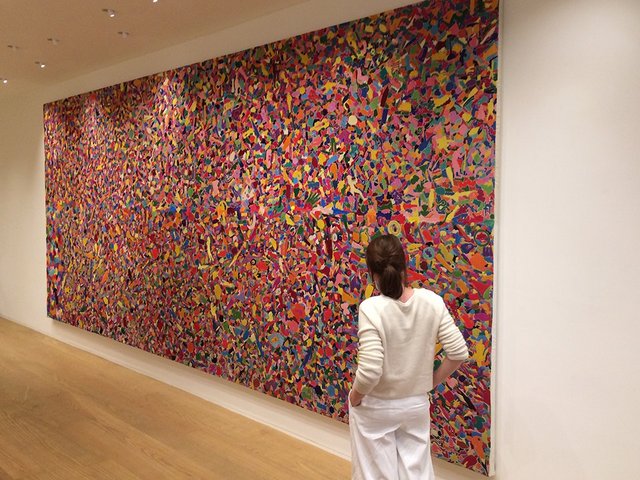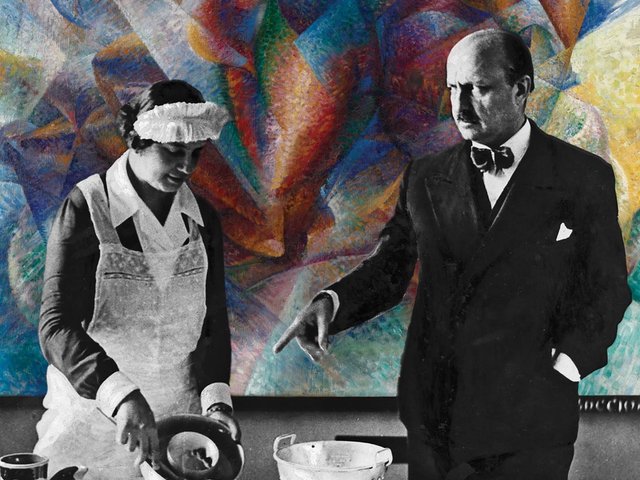Venice
The Peggy Guggenheim Collection is dedicating a show to a brief but intense creative spark that lit up Milan between September 1959 and July 1960 and helped lay the foundations for much of the art of the 1960s. During these few months, in which Enrico Castellani and Piero Manzoni ran the Azimut Gallery and the art publication Azimuth, dedicated to avant-garde art, a vortex of creativity and artistic exchange was formed, drawing together major artists of the time, including the “old guard”, such as Jasper Johns, Robert Rauschenberg, Lucio Fontana, Alberto Burri, Yves Klein and Jean Tinguely, and a new wave of artists that included Heinz Mack, Günther Uecker, Otto Piene, Agostino Bonalumi, Dadamaino and Gianni Colombo. “We have included all these artists to provide an artistic context to the work of Castellani and Manzoni,” says Luca Massimo Barbero, the associate curator of the collection and organiser of the show.
“‘Azimut/h’, [the contraction for the gallery and the publication] lasted so briefly because it depended solely on these two figures,” Barbero says, “but it crystallised the transition from the art of the 50s to the art of the 60s, which gave rise to, among others, conceptual art and Arte Povera.”
Post-war Italy proved to be a fertile ground for experimentation, with a network of galleries in all of the country’s major cities. In the 1940s, Fontana, Burri and Pollock had shown their works in Italy, while the Venice Biennale was starting to push the boundaries of avant-garde art. In the 1950s, Twombly and Johns began showing their works in Milan. Castellani and Manzoni found themselves at the centre of a storm, in a country that seemed ripe with possibility. “‘Azimut/h’ was symptomatic of a period of intense creativity resulting from the post-war boom of which Italy was a protagonist,” Barbero says. As well as works by Castellani, Manzoni and their contemporaries, the show includes archival material and rare footage from the “Azimut/h” period.
The European avant-garde will be the subject of a second major show, “Zero: Countdown to Tomorrow, 1950s-60s” (10 October-7 January 2015), this time at the Guggenheim Museum in New York.
• Azimut/h: Continuity and the New, Peggy Guggenheim Collection, Venice, 20 September-19 January 2015





